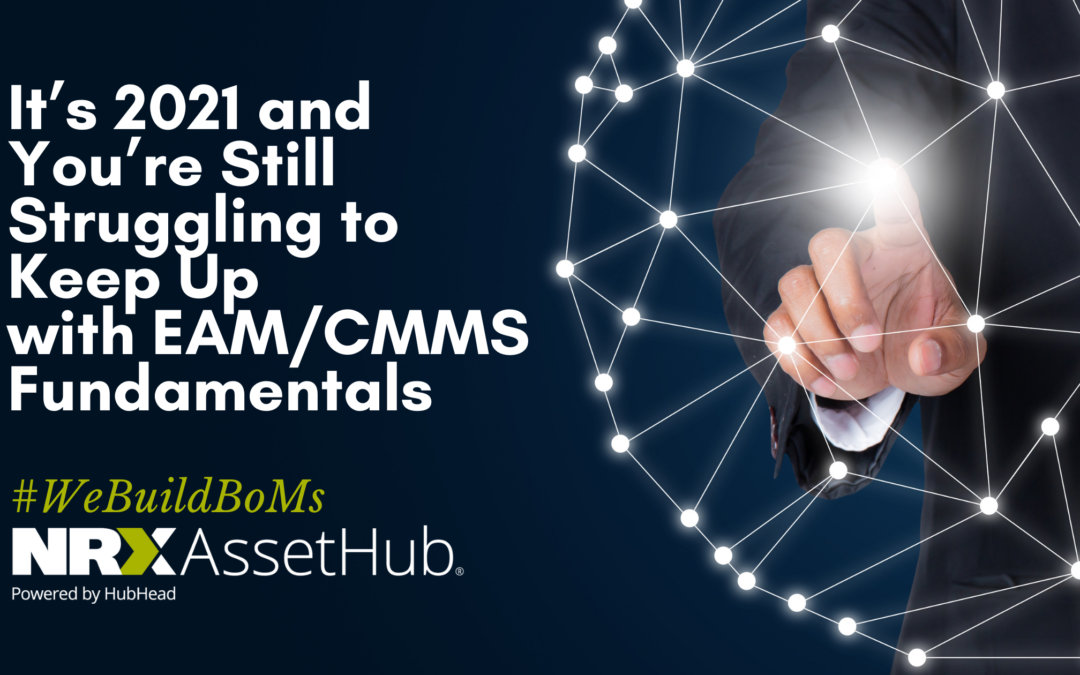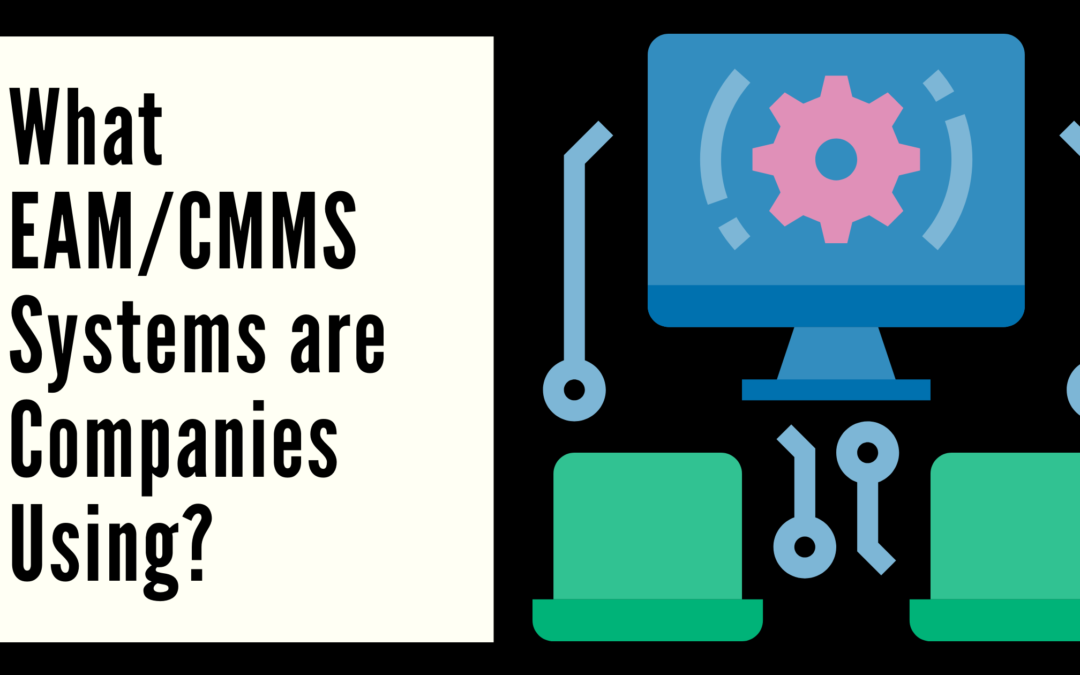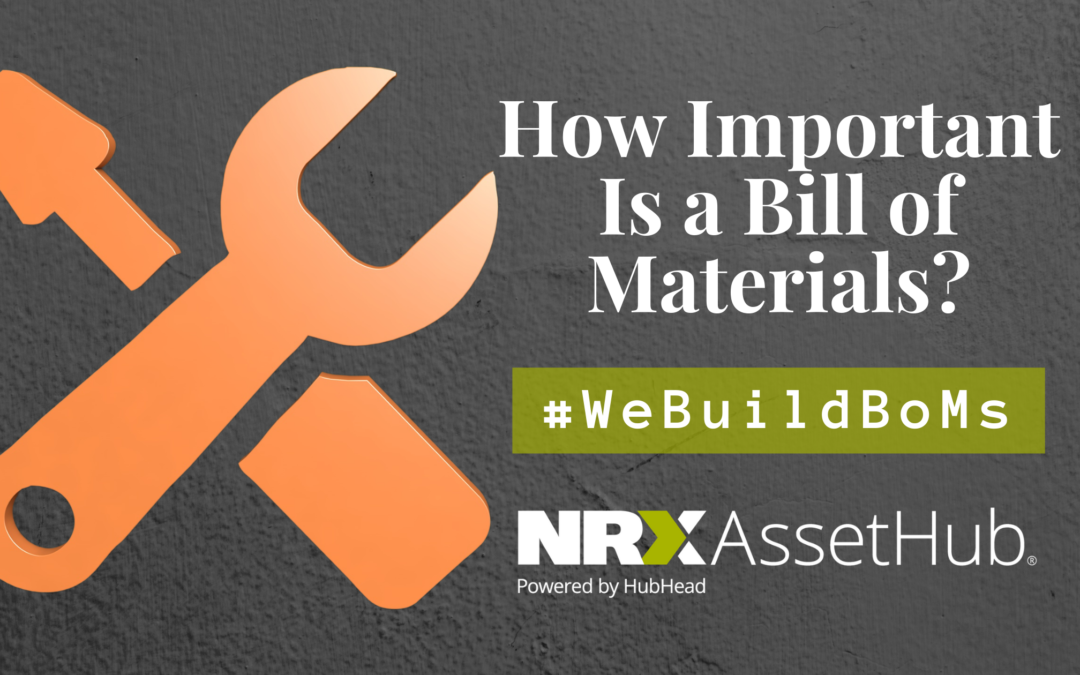
The NRX Blog

It’s 2021, and You’re Still Struggling to Keep Up with EAM/CMMS Fundamentals
The fundamental aspects of managing an EAM/CMMS system are quite a few. One of the key aspects is ensuring asset and maintenance master data is created and maintained accurately to support maintenance operations.

Keeping Track of your BoM Building Progress
Third party contractors may not have access to productivity tools or cloud-based software. Cloud-based solutions make it easier for asset-intensive companies or third party-contractors to build BoMs. It is easier to track progress, with everyone having easy access. There are also many more tools assisting with editing, reviewing, and even visualizing. Not to mention the opportunity for added security.

What EAM/CMMS Systems are Companies Using?
Asset data management software is crucial for asset-intensive companies, as operations become increasingly digitized. Some of the heavily dependent industries on EAM software include manufacturing, construction, and oil & gas, to name a few. Enterprise Asset Management software is the future for any and every asset-intensive business. Among HubHead’s customer base, we found SAP Plant Maintenance, SAP S4HANA PM, and IBM Maximo to be the most used asset management systems.

Excuse me, this is not what I ordered
Asset-intensive companies rely heavily on BoMs for work orders and maintenance operations. The accuracy of your work order depends on having the correct parts and quickly identifying those parts. Time is money for every organization. Therefore, maintenance personnel do not need to be spending unnecessary extra time trying to locate equipment.

Common Problems with Asset Data Management
Data management is the heartbeat of every asset-intensive company. These companies spend billions of dollars on Enterprise Resource Planning, Enterprise Asset Management, and Computerized Maintenance Management systems to adhere to maintenance and reliability standards. Investing in the right tools and technology to manage your data is important but knowing how to apply those solutions to meet business demands effectively is just as important, if not more.

If You’re Still Using Spreadsheets to Build BoMs … STOP!
Spreadsheets are great for basic math, addition, subtraction, and what not. Now here is a newsflash: spreadsheets were not designed for creating or storing highly complex asset data. They also have little to no data integrity tools. Meaning that your data quality will likely be lower than what it would be in an asset management system.

Effective Asset Data Management Is Your Company’s Love Language
Data will always be the heart of any and every asset-intensive business. Having a robust data foundation will be the first building block to ensure high-quality data. An in-depth, detailed perspective of your data is essential not just for maintenance personnel but also for all departments.

How to Build a BoM and Build it Well
A significant aspect of building accurate BoMs is ensuring the spare parts data imported into the system is clean and organized. If this data is misnamed, missing specific elements, or just all around disorganized, chances are the quality of your final product will be compromised.

How Important is a Bill of Materials?
The key to effective asset and maintenance data management is accuracy. An EAM system can only do so much with poor quality data and the same applies to BoMs. BoMs can provide accurate material information in real time to ensure all parts are stocked and identifies which parts are needed to complete work orders.

Why You Need a Maintenance Bill of Materials Right NOW!
Asset-intensive companies are heavily dependent on proper spare part management to ensure seamless operations alongside cost reduction. BoMs can be extremely useful for these companies when maintaining equipment and ordering spare parts. Some of the benefits include increased accuracy with work orders, reduced downtime, decreased duplication, and much more.
